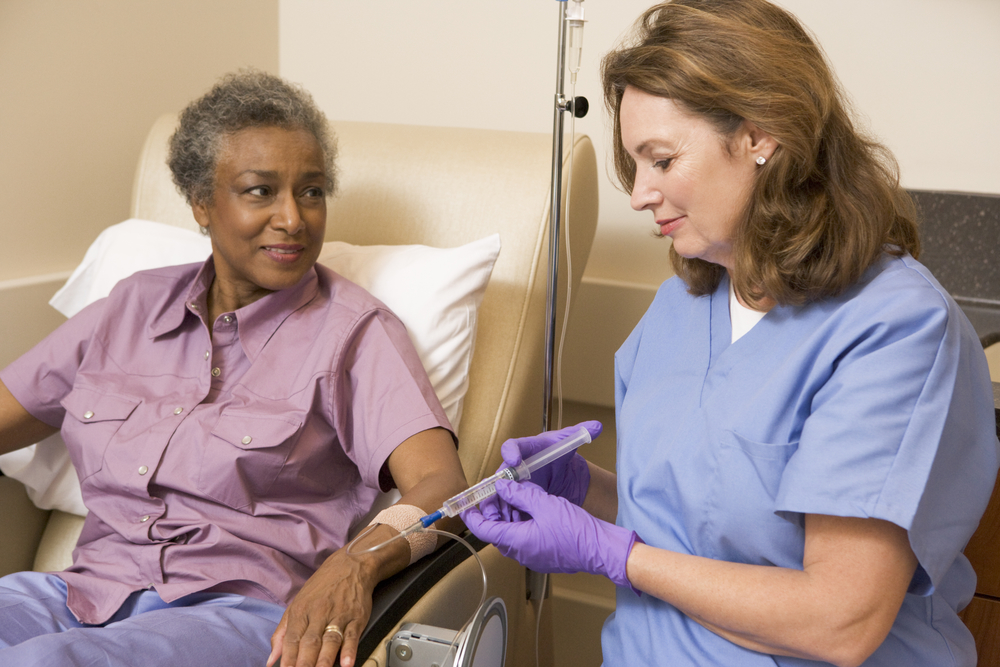Pneumonia vs. lung cancer: what you should know

Coughing is one of the most common symptoms in daily life. Some people who have been coughing for a long time and get no relief from taking medicine tend to worry whether they have gotten pneumonia or lung cancer.
Pneumonia and lung cancer are difficult to distinguish due to the same initial symptom of coughing, and even in the hospital, they may be misdiagnosed. There are some differences between pneumonia and lung cancer that you should know.
Pneumonia is a lung infection caused by bacteria, viruses or fungi. The most common types of pneumonia are bacterial pneumonia and viral pneumonia, both of which can occur simultaneously.
Lung cancer is the uncontrolled growth of abnormal cells in one or both lungs caused by DAN mutation. Cancer cells grow to form tumors and harm the normal functioning of the lung.
Symptoms
Pneumonia and lung cancer have some common symptoms and these overlapping symptoms include:
- Coughing: In lung cancer, this is usually more irritating and persistent, lasting several weeks and gradually worsening.
- Sputum: This is dark red, brown, yellow or green.
- Shortness of breath: This is more persistent in lung cancer than with pneumonia.
- Fatigue: This is more common in lung cancer than in pneumonia.
- Loss of appetite: In lung cancer, this is often accompanied by weight loss.
Besides, lung cancer has some typical symptoms that help distinguish lung cancer from pneumonia. These symptoms include:
- Hemoptysis
- Swelling of the face or neck
- Pain in the shoulder or neck
- Swallowing difficulty
- Hoarse voice
- High fever
- Persistent chest infections
- Clubbing finger
Diagnosis and treatment
The diagnosis of pneumonia may require a physical examination that detects gland swelling, abnormal breathing or fever. Blood tests and X-rays are applied in the diagnosis.
The treatment of pneumonia varies according to the type of pneumonia and the individual general health. In most cases, pneumonia can be treated at home with adequate fluids and medication. In severe cases, patients shall be hospitalized and given intravenous fluids and antibiotics. Oxygen therapy or breathing assistance may also be required.
Diagnosing lung cancer can be more difficult. A chest X-ray can provide a quick and easy examination, but CT is also needed for a confirmed diagnosis. If lung cancer is diagnosed, a PET-CT test will be performed later to locate all cancer cells. A tissue biopsy will also be performed during which small tissue samples from the lungs will be examined under a microscope. A bronchial examination can also be performed. The results of these tests will finally determine the type of lung cancer, the location of the primary tumor, and the stage of the disease.
The treatment of lung cancer is more complicated and difficult, and available methods include basic surgery, chemotherapy, radiotherapy, targeted therapy, and immunotherapy. Choosing which one depends on the severity of the patient’s conditions.


